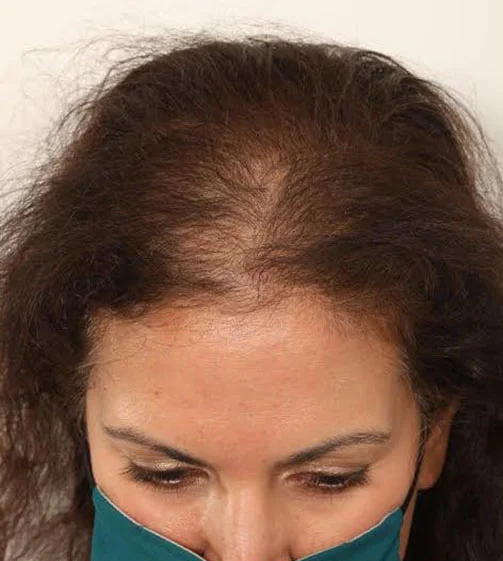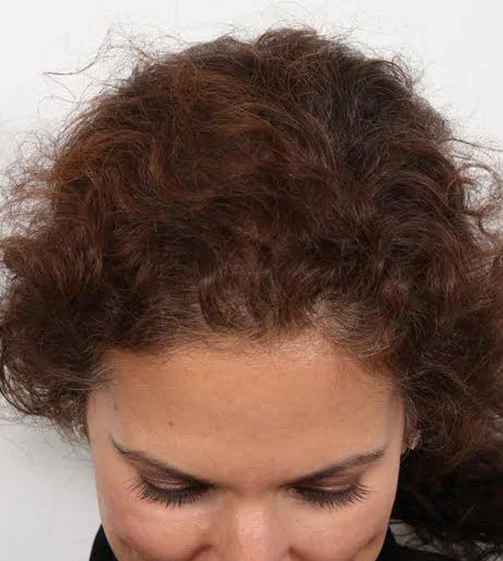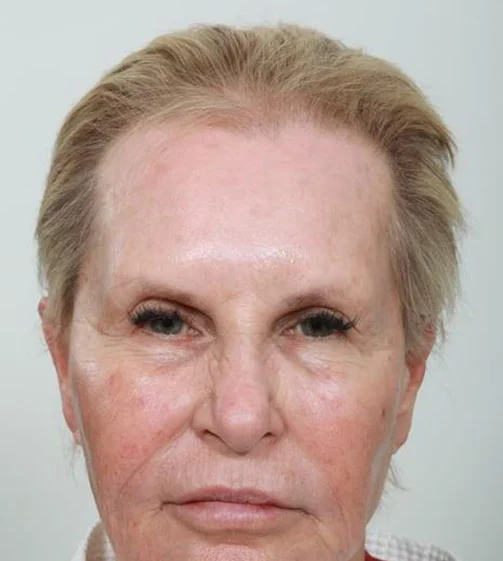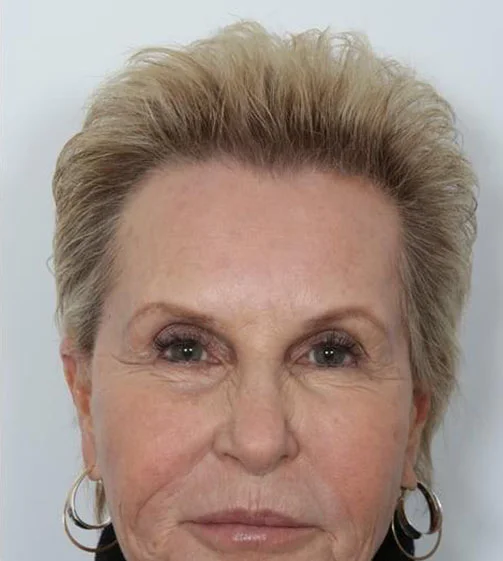The Basics
What is a Female Hair Transplant?
A Female Hair Transplant is a modern technique to transfer single hair units, called follicles, into regions of thinning on our female clients’ scalp. A study has shown that 52% of women were extremely upset by their hair loss, compared with 28% of men. In a Glamour magazine survey, over half of the women stated “If my hair looks good, I look attractive no matter what I’m wearing or how I look otherwise,” and “If my hair isn’t right, nothing else can make me feel that I look good”.
Hair restoration focuses on re-establishing a natural-looking hairline and improving overall hair density. We recognize that each gender has a separate pattern of hair loss which is influenced by life events and genetics. Our personalized hair restoration plan will be easy to maintain and aims to produce results that compliment your face in a natural, age-appropriate way.
We have excellent options to help women suffering from hair loss. Androgenic alopecia or female pattern hair loss is caused by various factors such as aging, scarring, medical conditions (thyroid, anemia, vitamin deficiency, lupus), medicine-induced, radiation, and psychological reasons such as hair-pulling. The good news is that hair transplants can treat hair loss due to most of these conditions.
In terms of methodology at HairCareMD in New York City, our surgeons are board-certified and perform all forms of hair transplants, allowing you to receive the best option for your hair restoration. Follicular Unit Extraction (FUE) and Follicular Unit Transfer (FUT) are the two main technique categories for hair restoration. In FUE, a micropunch is used to extract the individual follicle from the donor site. In FUT, a surgical ellipse is taken from the donor site and sewn closed. The individual follicles are dissected by hand under magnification from the strip. Each approach creates aesthetically beautiful outcomes with the difference being how the donor hair is gathered.
Hair transplant is an excellent, maintenance-free form of hair restoration for women. Our results are natural, consistent, permanent, and virtually pain-free. Hair transplants can lower the hairline, reinforce the hairline, and improve density on the scalp as well as the eyebrows other areas of hair loss.







